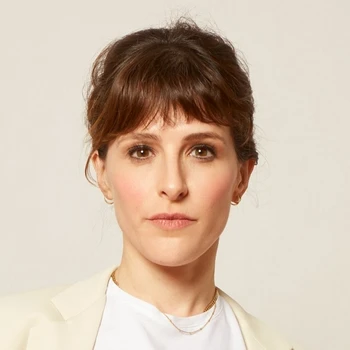Unraveling the Threads: A Conversation with Maxine Bédat on the Life and Death of a Garment
The fashion industry—a realm of dazzling trends and global reach— often obscures a complex reality. Behind every stylish garment lies a journey of resource extraction, manufacturing processes, and labor practices that can have significant environmental and social consequences. To understand the true cost of our clothing, we must “unravel” the industry and examine its intricacies.
Recently, I had the opportunity to listen to a fascinating conversation with Maxine Bédat, author of Unraveled: The Life and Death of a Garment and Executive Director of The New Standard Institute. The discussion, hosted by Kristi Ellis of the National Council of Textile Organizations (NCTO) and interviewed by Bob Antoshak, offered valuable insights into the current state of the global apparel industry and the crucial work being done to promote sustainability and ethical sourcing.
A Journey of Discovery

Executive Director at New Standard Institute, New York
Bédat’s book, Unraveled, follows the trajectory of a pair of jeans, tracing their path from cotton fields in Texas to textile manufacturing centers in Asia, cut-and-sew operations in Sri Lanka, distribution back to U.S. stores, and ultimately, to the burning trash heaps in countries like Ghana. This journey reveals the environmental and social impact of today’s globalized textile/garment industry.
Bédat, whose background is in law and international affairs, didn’t initially set out to become a fashion industry expert. Her interest in understanding “how the world works” led her to explore how products are made, how markets are formed, and how land and people are treated along the way.
The Importance of On-the-Ground Experience
A key takeaway from the conversation was the significance of firsthand experience. Bédat emphasized that Unraveled was not a desk-top exercise, but rather a product of extensive travel and on-site visits to manufacturing facilities, farms, and landfills. By visiting all these places, she was able to speak directly with the people involved, from cotton farmers to garment workers to waste pickers. These personal interactions helped her connect the dots and gain a visceral understanding of the industry’s complexities.
Beyond the Carbon Footprint
The conversation also addressed the issue of the industry’s environmental impact, particularly its carbon footprint. Bédat stressed the importance of separating out different environmental impacts because they tend to get collapsed together, and this approach, by breaking them down, helps provide the necessary steps to provide the best solutions. She explained that the primary source of greenhouse gas emissions is the textile mill, which often relies on coal-based energy in production hubs like China. Additionally, she explained that other factors lead to the industry’s high emissions, like its significant scale. This makes the fashion industry a major contributor to climate change.
Fast Fashion’s Role
Bédat identified fast fashion as a major culprit in driving the industry’s negative impacts. The relentless pursuit of low costs and rapid production fuels a race to the bottom, leading to the exploitation of land, labor, and resources. She noted that even textile recyclers are struggling to cope with the sheer volume of waste generated by the fast-fashion model, which overwhelms the second-hand market.
Focusing on the People
Bédat underscored the importance of recognizing the human cost of the industry. She shared the stories of garment workers who face strenuous working conditions and a lack of agency. “Don’t make a mistake, move faster,” is a saying they often repeat. These narratives remind us that our clothing is not just a commodity, but the product of real human lives.
The New Standard Institute: Driving Change
Through The New Standard Institute, Bédat is working to promote sustainable and ethical practices in the fashion industry. The organization advises brands and legislators, utilizing data and research to inform policy and drive positive change. Ultimately, its goal is to address the market failures that perpetuate unsustainable practices and ensure that the industry operates in a more equitable and environmentally responsible manner.
Looking Ahead
The conversation with Maxine Bédat highlighted the urgent need to transform the fashion industry. By understanding the complexities of global supply chains, addressing the industry’s environmental impact, and prioritizing the well-being of workers, we can work toward a more sustainable and ethical future for fashion.
Unraveled: The Life and Death of a Garment
Hardcover – 1 June 2021 Price Rs. 690.00
Available on Amazon






